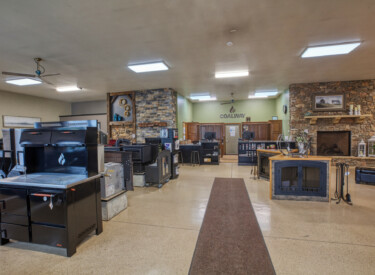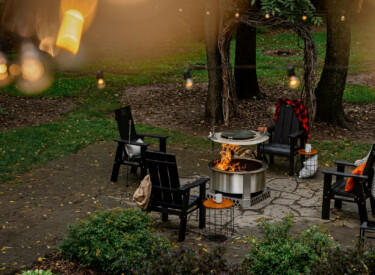With today’s high-efficiency fireplaces, inserts, wood stoves and furnaces, it is more important than ever to make sure you are burning the right wood. The type of wood you burn not only affects the efficiency, but also the safety of your wood burner.
In order for your stove to draft properly and to prevent creosote, you must have a hot chimney flue. A high- efficiency unit puts a very small portion of its heat our through the chimney. So it is very important to be able to get your temps up quickly whenever you add more wood. If you are burning wood that is not properly seasoned, wet, or even split too large, you are unable to do so, and will be likely to experience poor draft, low heat output, creosote accumulation in your stove and venting, smoked- up door glass, etc. Creosote can lead to a chimney fire, and though most chimneys are supposed to be able to handle that, a chimney fire is never a safe situation!
The ideal wood…
The best wood species for burning are hardwoods like oak, cherry, ash, or hard maple. Your wood should be cut, split, and stacked outside with only the top covered, for a year. Leave the sides open so air can move through. Ideally, the core of your wood should be 15% moisture or less. If it is split too large it will not get that dry in the center. It should be split no larger than 5”-6” in diameter. Compressed sawdust blocks, like enviro-blocks, work well in high-efficiency stoves as well, however you must always remember to turn down your draft after the initial start-up. Enviro-blocks have 0% moisture so they get extremely hot with too much air. Most manufacturers will not warrant a stove that was overheated with compressed blocks.



